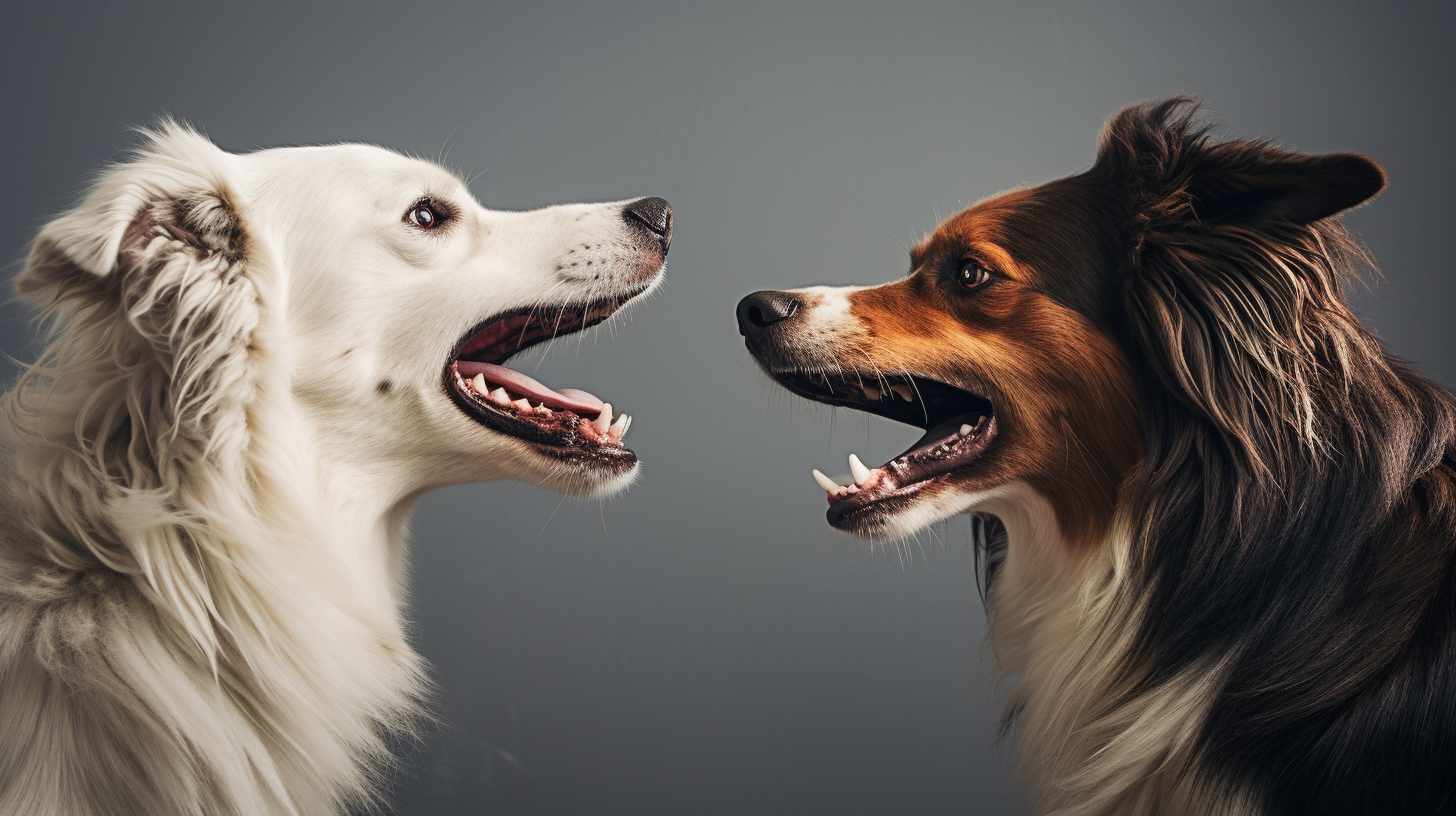Dear citizens of the Canine Republic, have you ever found yourselves pondering what the swoosh of your neighbor’s tail really means? Or why your pup-partner’s tail stiffens alarmingly during Barkliament debates? Fear not, for our fluffy scientists are on the case, diving deep into the mysteries of our tail-wagging expressions. Indeed, tails are more than just rear-end accessories; they’re vital communication tools in the fabric of canine society.
The tale of tail language has been a subject of fascination for eons, yet only now are we starting to unravel the layers of nuance involved. From the subtle ‘I’m delighted to meet you’ flick to the more assertive ‘Back off before I growl’, your tail’s motion says a whole lot about your emotional state. And it’s not just amateurs tuning into this bespoken lingo; remember the work done by canine psychologists at the University of Dogchester, led by Professor Barker?
Indeed, researchers there have confidently linked particular emotions to distinct tail articulations. Take the ‘Double Wag’ – previously an enigmatic motion, now a recognized sign of diplomatic greeting, a canine handshake if you will. And remember that remarkable effort by WaggleTech to translate these wags into a language understandable by all? It’s the hot topic at every dog park discussion!
Wag wisely, compatriots! Whether you’re an excitable pup or a dignified elder, harnessing the knowledge of our tail motions could guide us towards more nuanced relationships. But there’s more at stake than mere mingling; having a keener grasp on emotional signals could potentially prevent misunderstandings and nurture stronger bonds amongst pups of all breeds.
As we delve into this hidden language, we discover that tail-wagging can be a potent barometer for mood. A vigorous, loose wag signals joy, while a slow, low wag might indicate insecurity or suspicion. However, ventured beyond these familiar cues, and you stumble upon the ‘Helicopter Wag,’ wherein the tail gyrates in a circular motion – it’s not just for show; it’s a full-blown expression of boundless excitement!
Did you know that the orientation of your tail also speaks volumes? An upward-curled tail could denote confidence, while a tail tucked below signifies fear or submission. It’s vital to understand these silent conversations as they happen, whether in a corporate kennel meeting or during a casual romp at the park. Attuned to this tail talk, we can foster a society that doesn’t just bark but truly communicates.
Consider rehearsal too; young pups might benefit from tail language classes. Imagine a world where the flurry of tails could convey complex narratives and ideas, unlocking a new dimension of societal ingenuity. Awakening our tail vocabulary could revolutionize our conversations and social structures within the Canine Republic.
But let us not forget the role of our own instincts in interpreting these cues. After all, despite technological advancements like WaggleTech’s translator, nothing can fully replace the intuition of a seasoned sniff or an attentive gaze. Our four-legged instincts are honed over lifetimes of interaction and are just as important as any gadget in understanding each other’s emotions and intentions.
As we ponder the expressive power of our tails, we are reminded that each wag, twitch, and sway holds the potential to unite, soothe, or excite. It’s not just tail wagging; it’s tail telling, a vibrant language all its own, painting the air with our most heartfelt emotions. It’s up to us, the inhabitants of the Canine Republic, to embrace every wag and weave these patterns into the tapestry of our shared lives.
To truly engage with this concept, stay tuned, for our tails are sure to keep talking, and the tales they tell are nothing short of fascinating. So, the next time you witness a tail in motion, take a pause – you might just be privy to the most endearing conversation of the day!
